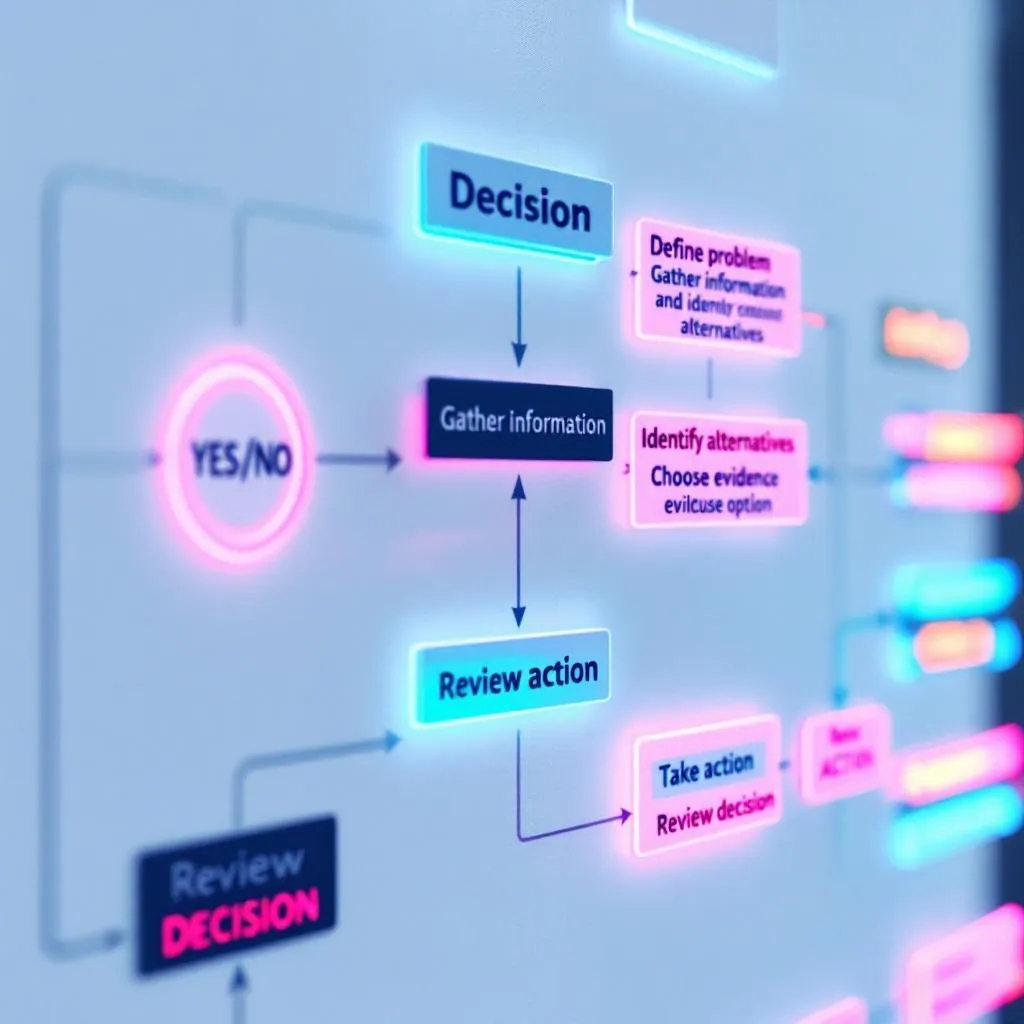In the fast-paced world of business, executives are constantly faced with complex choices. However, without a structured approach, decision-making can feel overwhelming. This is why understanding and applying proven decision-making frameworks can transform the way leaders navigate challenges and seize opportunities.
1. SWOT Analysis
The SWOT framework focuses on identifying strengths, weaknesses, opportunities, and threats. By examining both internal and external factors, executives can make informed strategic moves. Moreover, this method helps clarify priorities and align decisions with long-term goals.
2. The OODA Loop
Originally developed for military strategy, the Observe–Orient–Decide–Act loop encourages quick, adaptive decisions. First, leaders observe the situation. Next, they orient themselves based on context. Then, they decide and finally act. This cyclical process ensures continuous improvement and rapid response to changes.
3. Cost-Benefit Analysis
When resources are limited, every choice matters. A cost-benefit analysis compares the potential benefits of an action against its costs. Consequently, executives can prioritize initiatives that yield the highest returns with minimal risk.
4. Eisenhower Matrix
Time management is a crucial aspect of decision-making. The Eisenhower Matrix sorts tasks into four categories: urgent and important, important but not urgent, urgent but not important, and neither urgent nor important. Therefore, leaders can focus their energy where it matters most.
5. Pareto Principle (80/20 Rule)
The Pareto Principle teaches that 80% of outcomes often come from 20% of efforts. By identifying the most impactful actions, executives can maximize productivity while reducing wasted effort.
6. Decision Tree Analysis
A decision tree visually maps out possible choices and their consequences. As a result, leaders can see the potential outcomes and risks before committing to a path.
7. PDCA Cycle
The Plan–Do–Check–Act cycle promotes continuous improvement. First, a plan is created. Then, it is implemented, evaluated, and refined. This approach works well for ongoing business processes and innovation strategies.
8. RACI Matrix
In large organizations, confusion over roles can slow decision-making. The RACI Matrix clarifies who is Responsible, Accountable, Consulted, and Informed for each task, which leads to smoother collaboration.
9. Six Thinking Hats
Developed by Edward de Bono, this framework uses six metaphorical hats to explore decisions from multiple perspectives—emotional, logical, creative, and more. Consequently, it reduces bias and encourages well-rounded thinking.
10. Risk Assessment Matrix
Every decision carries some degree of risk. A risk assessment matrix categorizes potential risks by likelihood and impact, enabling executives to prioritize risk mitigation efforts.
Conclusion
While gut instinct has its place, relying solely on intuition can be dangerous in business. By integrating these decision-making frameworks into daily operations, executives not only improve the quality of their decisions but also build trust with stakeholders. In the end, structured decision-making leads to better outcomes, stronger teams, and sustainable growth.



